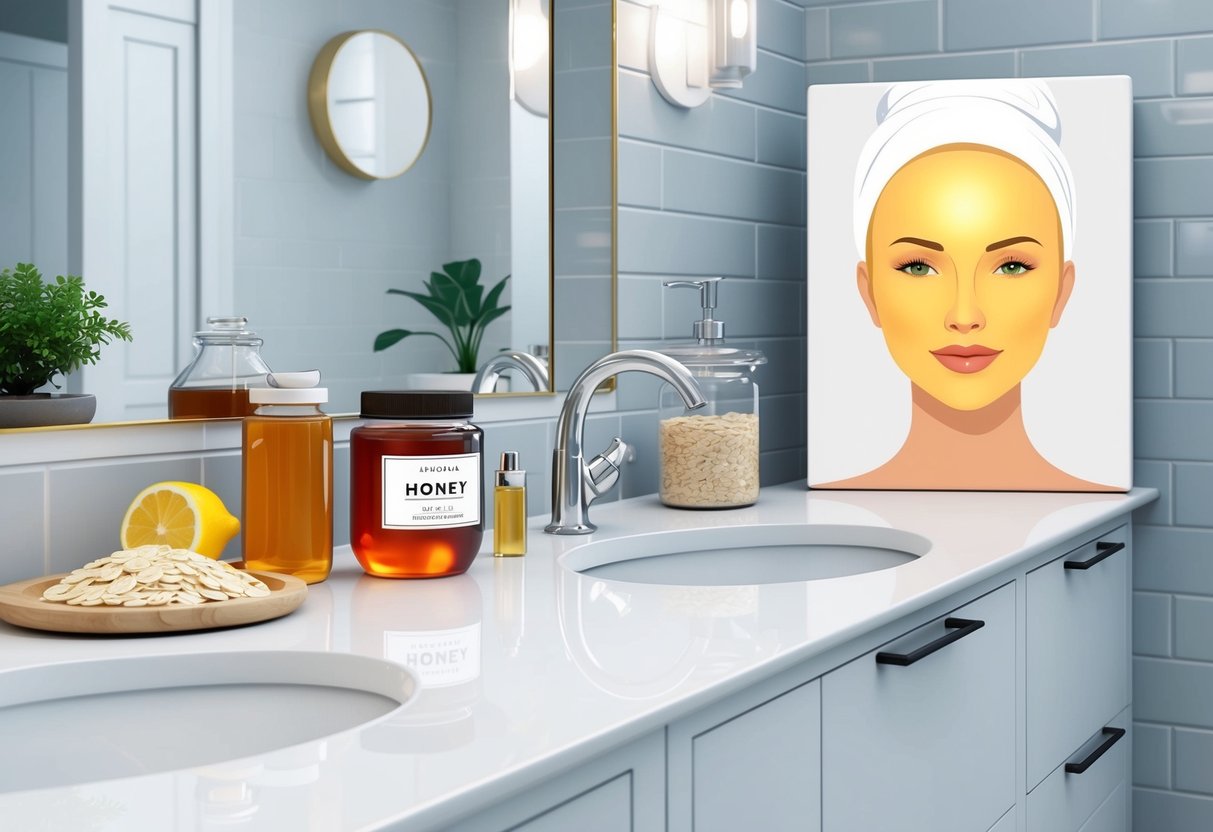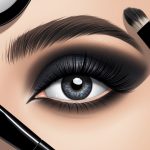Top 10 Beauty Hacks for Glowing Skin Using Everyday Products
Achieving glowing skin doesn’t always require expensive products or treatments. Everyday items found at home can be powerful tools in any skincare routine.
Unlocking the secret to radiant skin is possible with simple beauty hacks that make use of affordable, readily available products.
People looking to enhance their skin health often overlook practical and effective solutions that are easy to incorporate into daily life. From natural DIY exfoliators to proper cleaning techniques, these methods can help improve overall skin texture, brightness, and hydration.
For those eager to elevate their beauty regimen, these top 10 beauty hacks focus on realistic, dermatologist-backed ways to boost your complexion’s natural glow. Anyone can achieve healthier-looking skin by using straightforward methods recommended by experts and utilizing accessible products, as seen in reputable guides and beauty experts’ tips.
Daily Cleansing for a Fresh Canvas

Starting and ending each day with proper cleansing is essential to remove dirt, excess oils, and impurities. Using the right method and skin care products helps maintain a brighter, healthier complexion and can prevent issues like breakouts or dullness.
Washing Your Face Effectively
Proper face washing begins with clean hands to avoid transferring bacteria. Use lukewarm water—hot water strips natural oils, while cold water may not dissolve sebum and residues effectively.
Gently massage the cleanser into skin using fingertips in small circles for 30 to 60 seconds, focusing on the T-zone where oil often accumulates. Avoid scrubbing aggressively as this can irritate sensitive or acne-prone skin and worsen redness.
Rinse thoroughly to ensure no product is left behind, which can clog pores and cause breakouts, especially for those with oily skin. Pat the face dry with a clean towel rather than rubbing to minimize micro-damage and support skin barrier function.
Double cleansing can be useful at night, particularly for those using sunscreen or heavy makeup. The first cleanse lifts oil-based impurities, while the second targets sweat, dirt, and remaining products for a truly clean surface.
Choosing the Right Cleanser for Your Skin Type
Selecting a gentle yet effective cleanser depends on understanding one’s skin type. For oily or acne-prone skin, look for gel or foaming cleansers containing ingredients like salicylic acid, which help control excess sebum without over-drying.
Dry or sensitive skin types benefit from hydrating cream or lotion cleansers with ingredients such as glycerin or ceramides. Those with combination skin might select a mild formula that balances cleansing power and moisture.
People should avoid harsh soaps or alcohol-based products, as these can disrupt the skin’s protective barrier and cause irritation or increased oil production. It is important to patch test new products and monitor for redness, tightness, or breakouts.
If skin feels tight or develops flakes after washing, the cleanser is too harsh and should be swapped for a gentler option. Using the right cleanser aids in preventing blocked pores and supports healthy, glowing skin every day.
For more expert advice on beauty routines using accessible products, explore additional daily beauty hacks from skin care professionals.
Exfoliation Tips for Smooth and Radiant Skin
Exfoliation is a fundamental practice that removes dead cells and reveals fresher layers for a natural skin glow. The right exfoliation strategy uses safe ingredients, proper frequency, and targeted care to reduce blackheads and manage acne without causing irritation.
Homemade Exfoliants for Gentle Resurfacing
Many household items work as effective, gentle exfoliants. Fine sugar or ground oats can be mixed with honey or yogurt to create a mild scrub that lifts dead skin cells without damaging the barrier.
Brown sugar is particularly suitable for most skin types because it is less abrasive than salt or raw sugar. For sensitive or dry skin, using ingredients such as oats helps calm the skin while exfoliating.
Coffee grounds, when mixed with olive oil, can increase circulation and enhance the skin’s natural radiance. It’s best to avoid crushed nutshells or large particles, as these can cause microtears.
Rinsing thoroughly after exfoliating helps prevent residue buildup and supports smoother, more radiant skin.
Exfoliation Frequency for Different Skin Types
The frequency of exfoliation depends largely on skin type and sensitivity. Oily skin often tolerates exfoliation two to three times per week, as excess oil and dead skin combine to clog pores.
For dry or sensitive skin, exfoliating once a week minimizes irritation and keeps the protective skin barrier intact. Normal and combination skin generally benefit from exfoliating one to two times per week.
Over-exfoliating can lead to redness, dryness, and sensitivity, so it’s important to monitor how skin responds. For chemical exfoliants, such as alpha-hydroxy acids (AHAs) or polyhydroxy acids (PHAs), always follow package instructions and pay attention to any signs of irritation.
For more on best practices, see these exfoliation hacks.
Addressing Blackheads and Acne
To address blackheads, exfoliating with a product containing salicylic acid or using homemade scrubs that can penetrate pores is beneficial. Salicylic acid, a beta-hydroxy acid, works to break down dead cells and excess oil inside the pores, helping to clear blackheads and reduce acne risk.
Physical exfoliants may help loosen clogged debris from the surface, but chemical exfoliants are often more effective for deep pore cleansing. It’s important not to overuse exfoliation products, as this can worsen breakouts and cause inflammation.
Following exfoliation, hydrating the skin helps restore balance and prevent excess oil production. For additional tips, review this professional guide on smooth skin routines.



